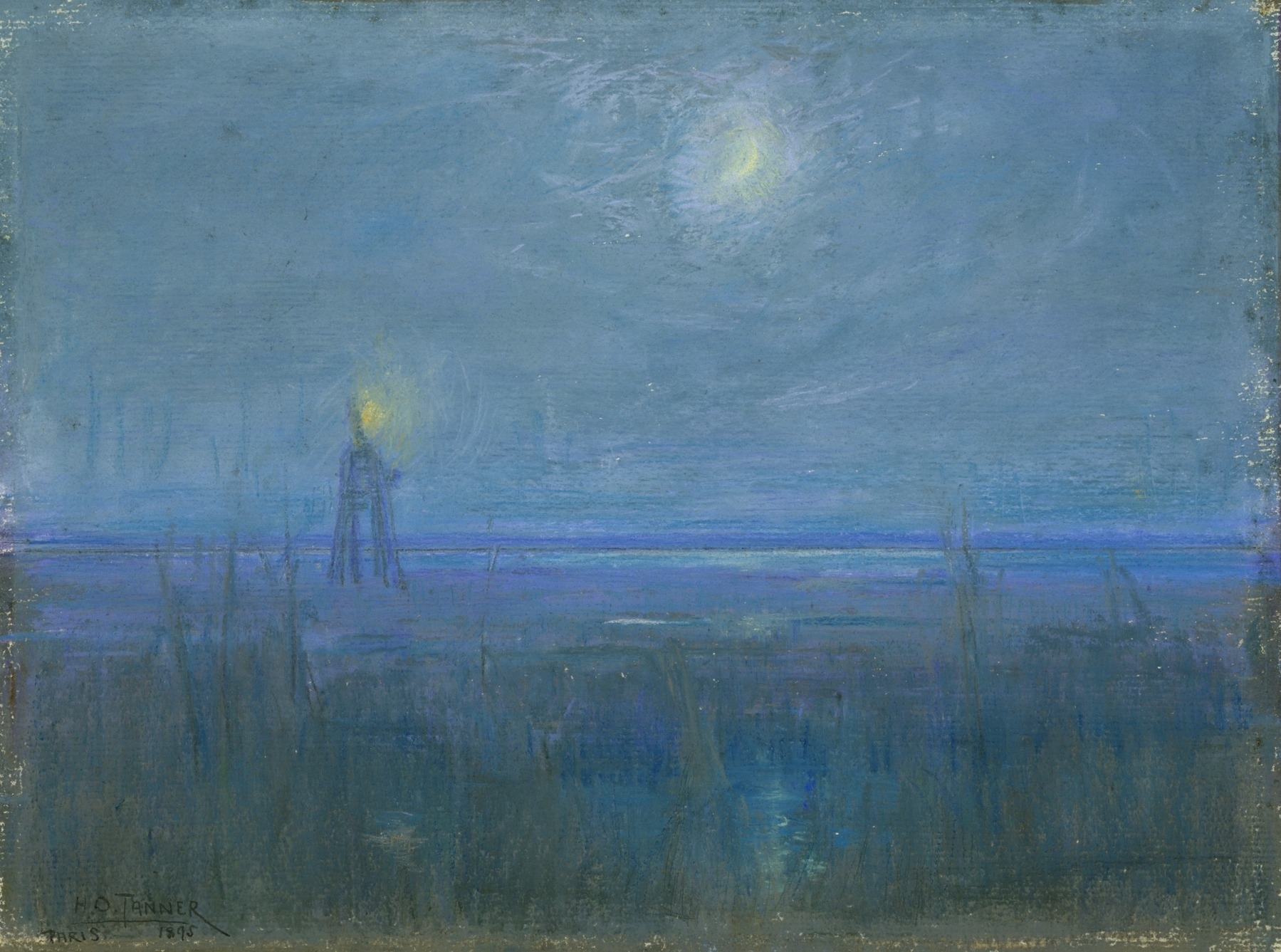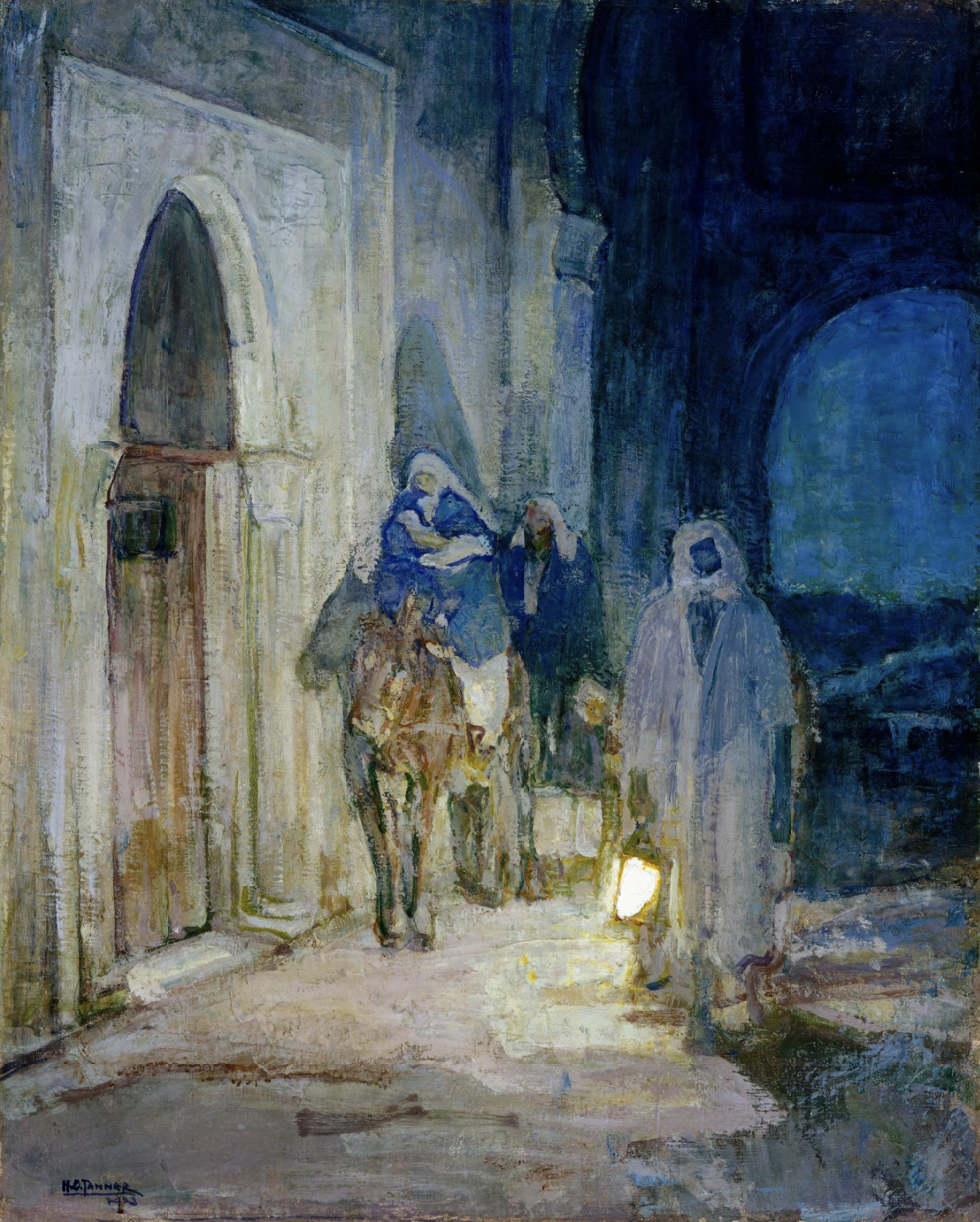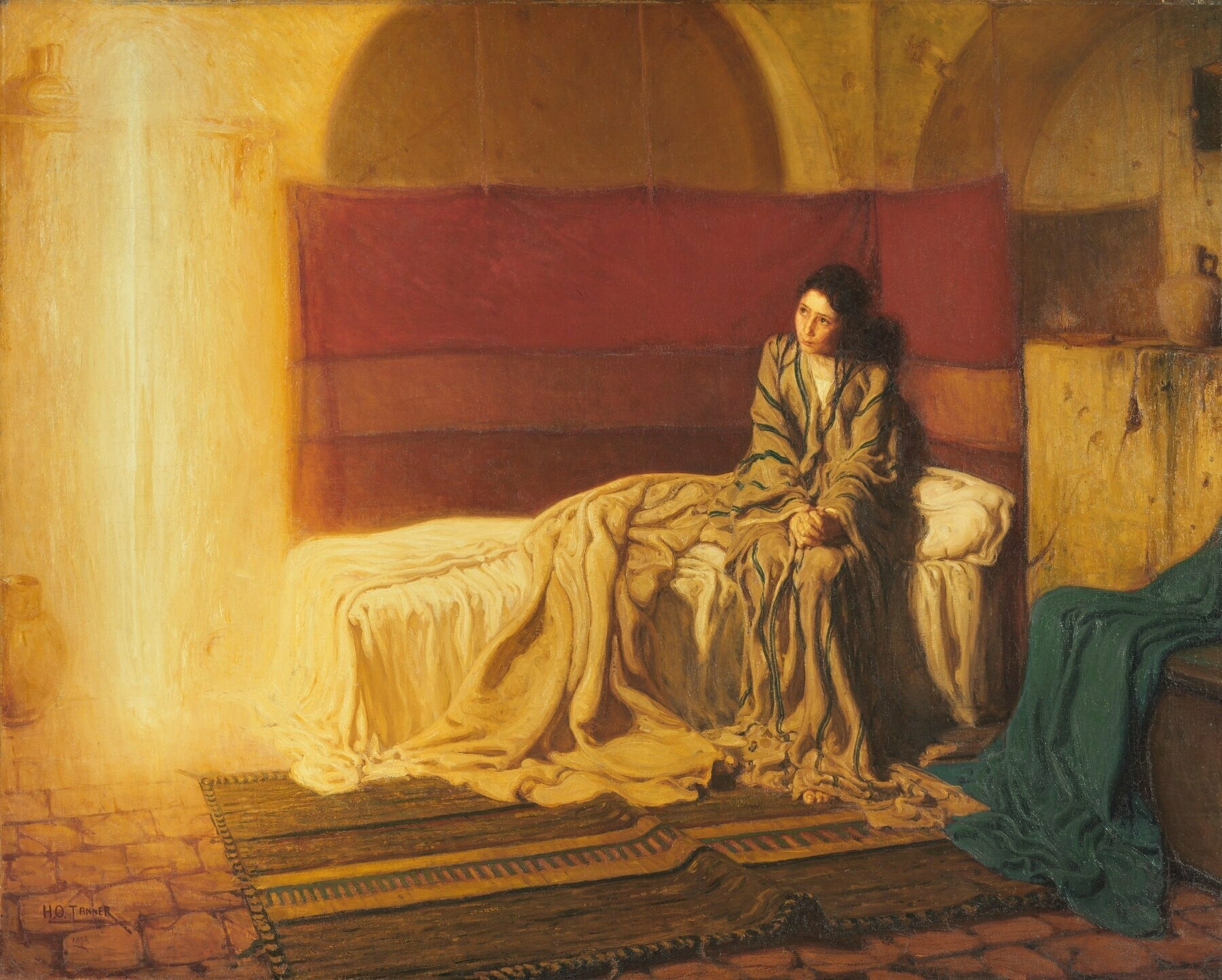
Currently reading: The Culture of Narcissism: American Life in An Age of Diminishing Expectations by Christopher Lasch 📚

Currently reading: The Culture of Narcissism: American Life in An Age of Diminishing Expectations by Christopher Lasch 📚
First time listening to Radiohead in a whiiiiiile


Finished reading: The Stoic Challenge: A Philosopher’s Guide to Becoming Tougher, Calmer, and More Resilient by William B. Irvine 📚
I’m not a Stoic, but I appreciate some of the their wisdom. Irvine’s book convinced me that I’m not as tough or resilient as I ought to be. Hopefully I can implement some of his strategies to good effect.

Finished reading: The Abolition of Man by C. S. Lewis 📚
My trek through Lewis' corpus continues. Next up: his fiction (Narnia, Space Trilogy, Till We Have Faces) and essays (God in the Dock, etc.).

Currently reading: The Stoic Challenge: A Philosopher’s Guide to Becoming Tougher, Calmer, and More Resilient by William B. Irvine 📚
Marshes in New Jersey (1895) by Henry Ossawa Tanner:

Flight Into Egypt (1923) by Henry Ossawa Tanner:

Pomp at the Zoo (1880) by Henry Ossawa Tanner:

The Annunciation (1898) by Henry Ossawa Tanner:

The Banjo Lesson (1893) by Henry Ossawa Tanner:
